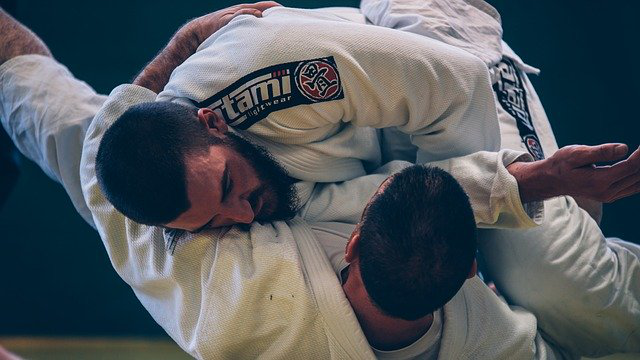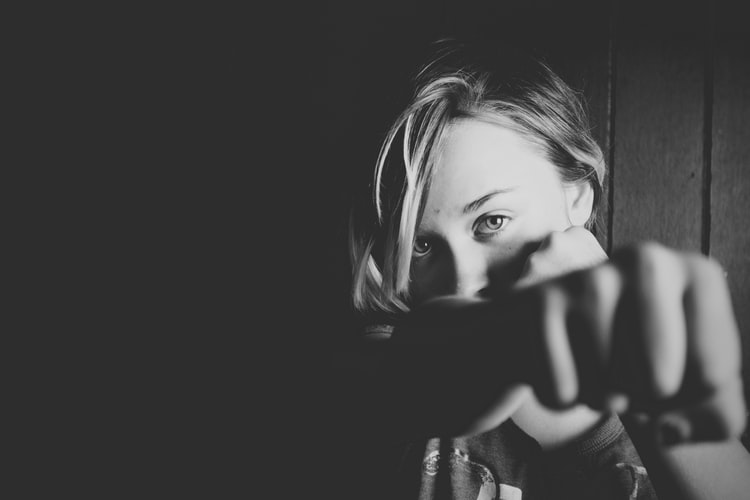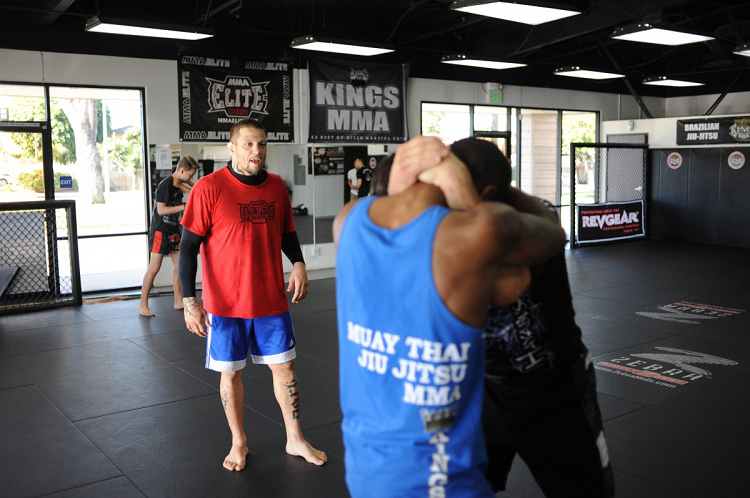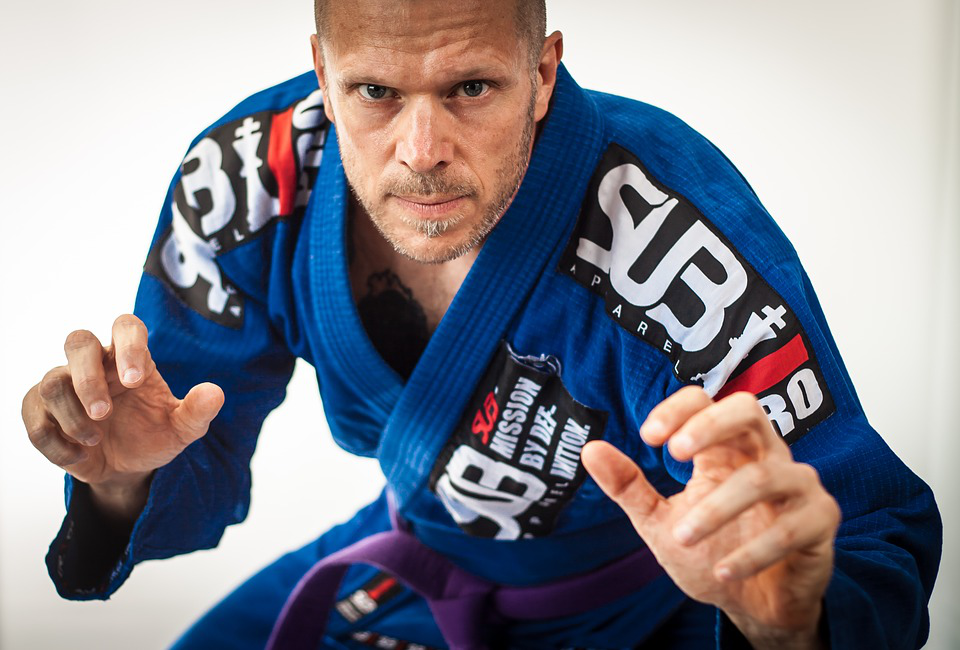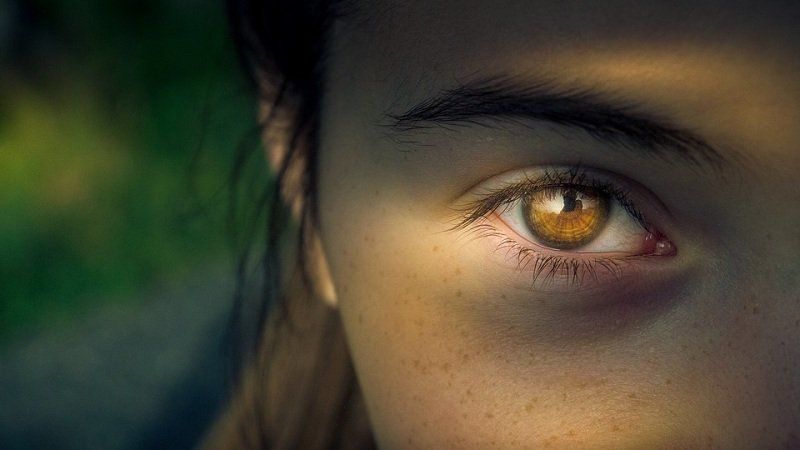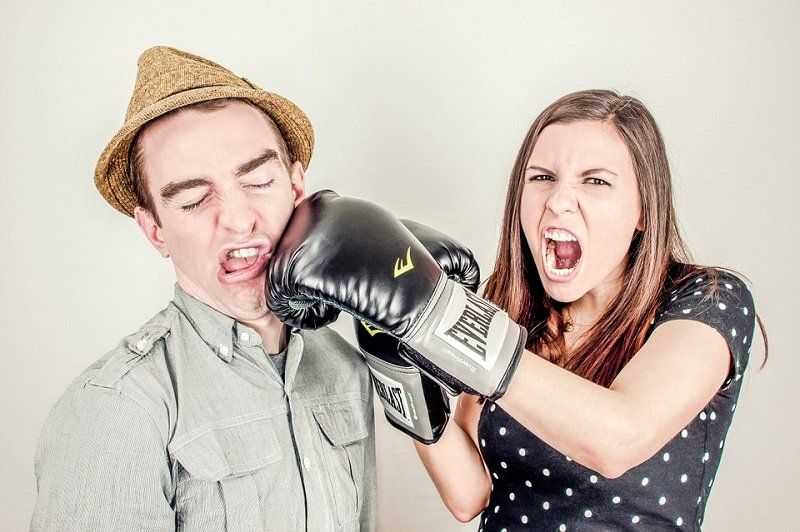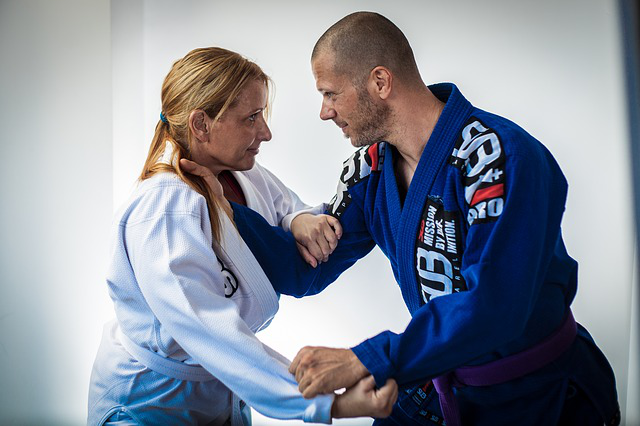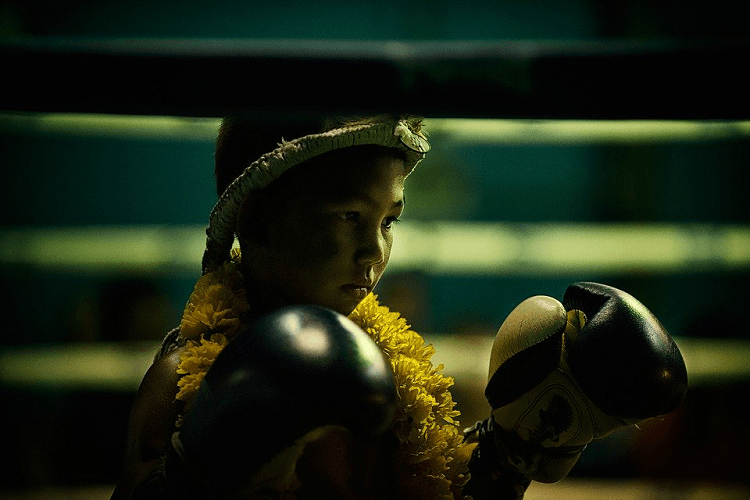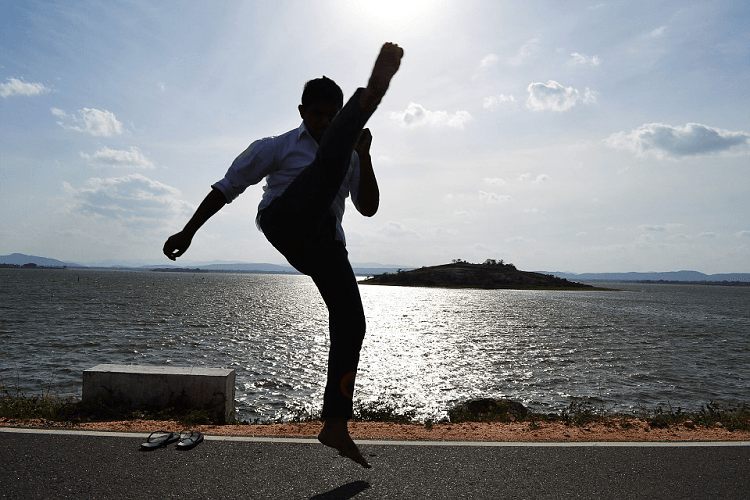Seikichi Odo (1926 - 2002) Still Lives through Karate, Kobudo, Jiu Jitsu and Self Defense!
The Picture Below was taken at the Agena Dojo, Okinawa, Japan in 2002 (Seikichi Odo, Simon Sherbourne, Yoshiko Odo)
Who was Seikichi Odo? What influence has he had on modern Martial Arts, and what was his role in the evolution of Karate?
Odo Sensei was a small man of stature who was born, and lived his life, on the small island of Okinawa. He was descended from the feudal “pechin” or “samur” artistic class, which was the feudal class entrusted for hundreds of years with nurturing and passing on the art of Karate in Okinawa. This is also the same feudal class from which the Samurai evolved.
At around 9 years old, Odo Sensei was introduced to judo while in grade school, and thus began his life-long journey in the martial arts. When he was 13, Odo Sensei was introduced to the art of Okinawa-te, which the original name before the old Masters decided on adopting the term Karate as the official name for the indigenous martial art of Okinawa. When he grew to be a young man of 20, Odo Sensei complimented his Karate training with the study of Okinawa weaponry, or Kobudo. His Kobudo instructors included many of the leading practitioners of Okinawa, including Mitsuo Kakazu, Kenko Nakaima, Shimpo Matayoshi and Seiki Toma.
It was at 23 that Odo Sensei began to study karate under Shigeru Nakamura, an instructor who would forever change Odo’s destiny in Karate. Zenryo Shimabuku and Shigeru Nakamura together formed the "Okinawa Kenpo Renmei" in 1955, with Nakamura as President. Master Nakamura was known for developing full contact Karate sparring using "Bogu Gear",which resembled the Kendo gear used for Japanese fencing at the time. Although Odo Sensei would study under many masters, Nakamura would become his primary instructor and influenced Odo’s development over the years.
Odo Sensei was appointed Master of Okinawa Kenpo Karate after the death of Master Nakamura in 1969. Seikichi Odo was also recognized as the President of the All Okinawa Kenpo Karate-do League, and this is when Master Odo added the practice of Kobudo weaponry to Okinawa Kenpo, and termed the new style: "Okinawa Kenpo Karate-Kobudo". Odo Sensei was a pioneer in this respect as he was one of the first Okinawan masters to incorporate a complete system of Okinawan Kobudo into a traditional Karate system (historically, empty-hand Karate and Kobudo weaponry evolved independently on the island of Okinawa). For me, this is a defining moment that exemplifies who Odo-Sensei was, and the things that he stood for.
Why did he want to expand Karate to include weaponry, and why did he choose to evolve and embrace other martial arts in Okinawa and around the world? In summary, it was his eternal quest for knowledge and his desire to grow and learn in the martial arts. Although he embraced the “old ways” of historical lineage, Odo Sensei thirsted for plurality in quality martial arts and fervently collected some of the finest traditional Japanese/Okinawan empty hand kata and kobudo kata on the Island of Okinawa. So he was not a simple, close-minded Karate-ka who believed only in the old ways, without embracing change. If he encountered something new and thought it was effective, he embraced it and wanted to include it in his practice. Traditional Karate can be, at times, a very confining world stifled in tradition, but Odo Sensei was not one to be mired in the past. He actively sought out differing perceptions in the martial arts to craft a unique system of Okinawan Karate.
He was also an avid fan of Sumo, and all competition in martial arts. As an example of his openness to change, he observed a demonstration of MMA/Combatives during a black belt testing at my dojo in 1998 and eagerly embraced it (remember, his journey began in Judo). He also told me at that time to adopt Jiu Jitsu into my club as a welcome addition to the overall martial arts curriculum. Current SMAA instructor Ken Louttet was one of the students who tested for his Black Belt at this 1998 gathering and can attest to this event. This is one of the turning points in my martial arts journey that opened up an entirely new approach to teaching Karate in a true MMA format.
Odo Sensei was also a gracious teacher, and in true Okinawan fashion he was always approachable and never stand-offish. He would embrace questions, and rarely (if ever) would he correct you in an insulting manner as this would be considered a “loss of face” (an embarrassment) in Okinawan culture. He would politely correct your stance, or the way you held a Kobudo weapon, and if you could not quite understand his instruction (but understood enough), he would smile, and nod his head with his famous “same, same” approval to let you know he agreed with you.
During his journey in the Martial Arts, Odo Sensei traveled the world to promote and teach his art of Karate. He encountered many people and promoted many Karareka around the world, including Robert Trias, who is considered by many to be the primary influence for the spread of Karate in the United States and greater North America. This demonstrates the impact that he had on the Martial Arts community, and the many people that he touched.
I was fortunate enough to have made a final trip to Okinawa to study with Master Odo only weeks before his passing, and I was eagerly planning my next trip to train with him when I received the dreaded message. He was ranked 9th Dan when he passed in 2002, and his Karate and Kobudo will live on through his students who continue to practice and teach his ways. Odo Sensei is remembered throughout the world as a top quality teacher and practitioner. He was the Head of the Ryukyu Hon Kenpo Kobujutsu Federation and passed without a successor. A list of the Dojo Heads directly under Seikichi Odo at the time of his death can be seen at the RHKKF website.
So how did Odo Sensei accomplish so much in his lifetime? He did it through perseverance in his life-long training, and in his understanding that the cup is never full - your knowledge is never complete, and only through embracing change (and new things) can a Karate-ka (one who studies the path of Karate) continue to grow and learn. He understood that he was the guide, not the all-encompassing “Master” of knowledge. He realized that the “teacher” is simply another title for the most experienced “student” in the room, and like any student, the teacher’s path is never complete. He also understood that like anything in life, Karate could not remain stagnant. He viewed his dual role in the development of Karate and the Martial Arts as a keeper of the past (a historian), and also as an agent of change for embracing new knowledge to carry us into the future. He was not simply passing through the Martial Arts world, he was here to make a difference and imprint his personal stamp on the progression of modern Karate.
This is how Odo Sensei accomplished the many things that he did during his lifetime, and how he touched so many Karate practitioners around the world. So how do we express our gratitude for what he devoted himself to and accomplished in his lifetime? The answer to that question is a simple one - we continue his journey, and we remember what he has taught us. We preserve his art of Karate, and most importantly, we continue to evolve his art of Karate to carry it forward in the 21st century.
At SMAA, we cherish the memory of our founding instructor, Seikichi Odo, and we also embrace his fresh outlook on growing and evolving in the Martial Arts. Whether it be Karate, Jiu Jitsu, Self-defense/Combatives, or MMA, we will always preserve the old ways while carrying forward to embrace the new things that evolve each day in the Martial Arts. We set aside the petty controversies on what makes the ultimate martial art or style, and embrace the simple concept of “same, same”, because we all have something to contribute. We all have differing perceptions and experiences along our journey, and it is those different perceptions that are crucial to the development of any Martial Art.
